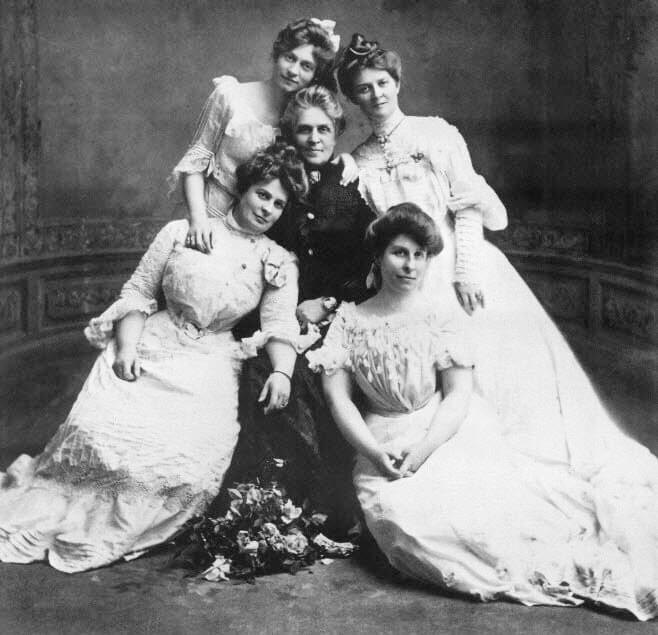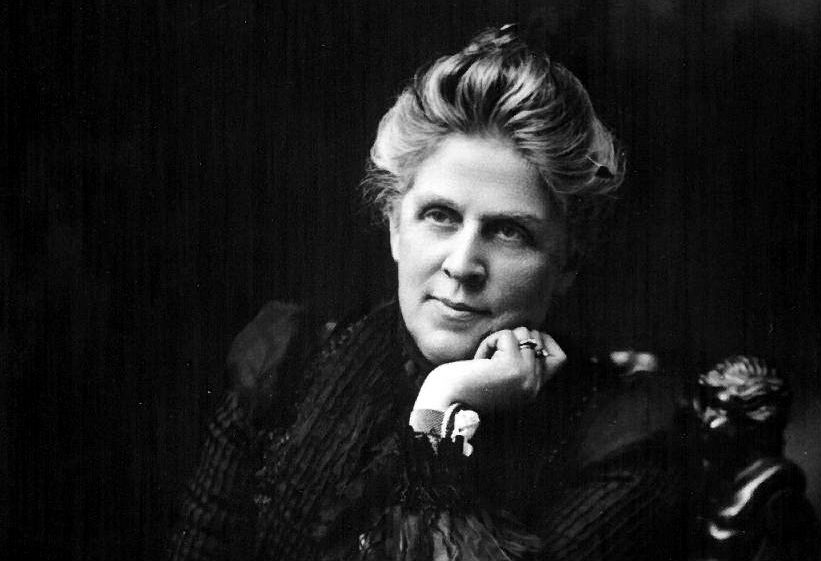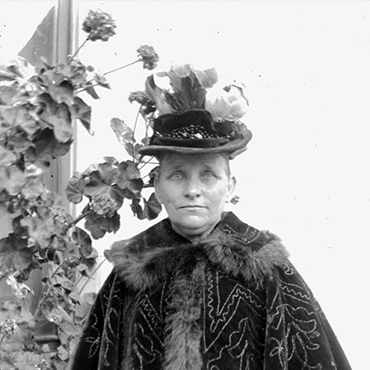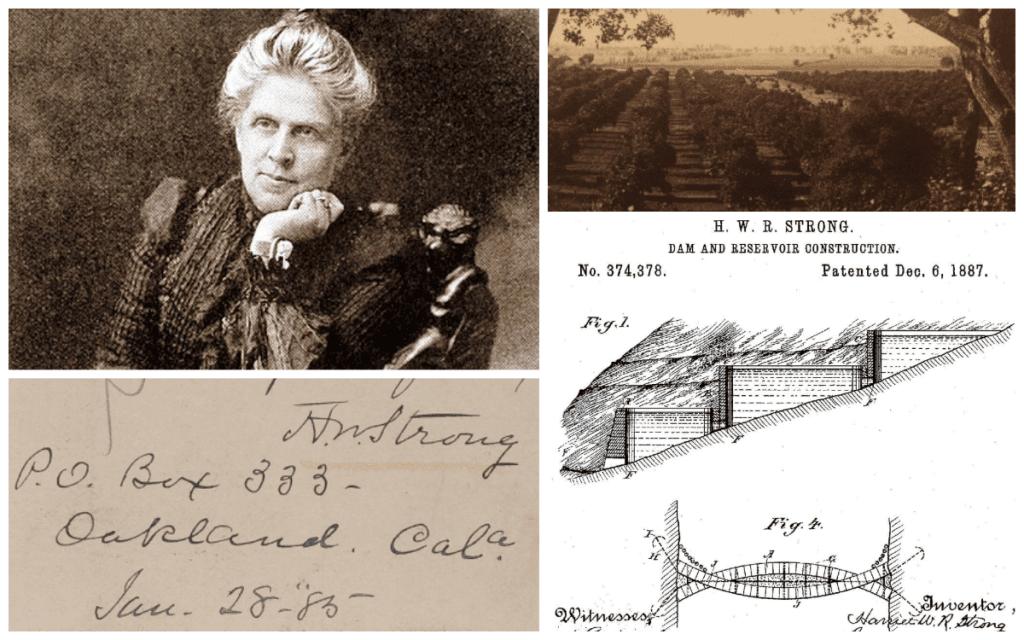In the scorching heat of California’s drought in 1887, most farmers faced despair. But Harriet Strong saw a challenge and responded with brilliance. A widowed mother raising four daughters alone, she wasn’t just fighting to keep her land alive she was building something revolutionary. When water dried up and her crops wilted, she didn’t give up. Instead, she engineered a solution that would impact the future of American agriculture and water conservation forever.

From Personal Loss to Powerful Invention
Harriet’s journey wasn’t easy. She took over the family farm after the unexpected death of her husband. Without formal engineering training, she relied on determination and observation. Her land, located in the arid San Gabriel Valley, was at constant risk of drought. Knowing that water was the key to survival, Harriet began experimenting with ways to store and manage rainfall more efficiently.

What she developed was more than a temporary fix it was a system of dams and reservoirs designed to capture rainwater during wet seasons and release it during dry spells. Her innovation not only saved her crops, particularly walnuts and dates, but also restored fertility to land that others had written off as lost.
The “Walnut Queen” and Her Green Empire
Thanks to her water management system, Harriet’s farm became a thriving success. Her walnut orchards, once on the brink of failure, flourished under the consistent irrigation her dams provided. Soon, she earned the nickname “The Walnut Queen of California,” not just for her agricultural productivity but for her pioneering techniques that others in the region began to notice.
Video:
June 23 – Harriet Williams Russel Strong
What made Harriet stand out was not just her farming success it was her willingness to share her knowledge. She didn’t hoard her ideas. She presented them publicly, wrote papers, and advocated for better water storage methods for all of California.
A Patent That Made History
In 1894, Harriet Strong became the first woman in the United States to receive a major patent for a water storage and flood control system. This achievement was monumental not only because she was a woman in a male-dominated field, but because her ideas were so forward-thinking they eventually laid the groundwork for some of the most iconic infrastructure projects in American history.
Her patented dam design was not just practical it was scalable. It could be adapted for large-scale use, something government engineers would later recognize as vital in shaping the arid American West.

Inspiring the Hoover Dam and Beyond
Though Harriet never physically helped construct the Hoover Dam, her ideas played a role in its conception. Engineers tasked with managing the mighty Colorado River looked to earlier designs and patents like hers for inspiration. Her advocacy for multi-purpose dams structures that controlled floods, stored water, and generated power was echoed decades later in the Hoover Dam’s development.
Video:
Hoover Dam | All the Secrets of the Engineering Wonder
More broadly, Harriet’s approach helped shape the conversation about water management in the Western United States. Her belief that science and engineering could conquer environmental challenges influenced future generations of thinkers, policymakers, and farmers.
Legacy of a Pioneer
Harriet Strong lived in an era when few women were given the chance to lead, let alone innovate on a national stage. Yet she built a legacy out of necessity, intelligence, and grit. She didn’t seek fame, but it found her anyway—through the success of her farm, her recognition in scientific circles, and the long-term impact of her ideas on American infrastructure.
She passed away in 1926, but her influence endures in every dam, every irrigation system, and every green field that thrives thanks to stored rainwater in the arid parts of the country.

Conclusion: The Woman Who Made the Desert Bloom
Harriet Strong’s story is not just about one woman’s survival it’s about vision. She turned personal tragedy into invention, dry earth into fertile ground, and obscurity into legacy. Her work reminds us that sometimes, the most powerful innovations are born not in laboratories but on the land itself, by people with nothing to lose and everything to fight for.
In a time when water scarcity is once again a global concern, Harriet Strong’s example is more relevant than ever. She taught us that resilience and resourcefulness can reshape not only a single farm but the future of entire regions.


